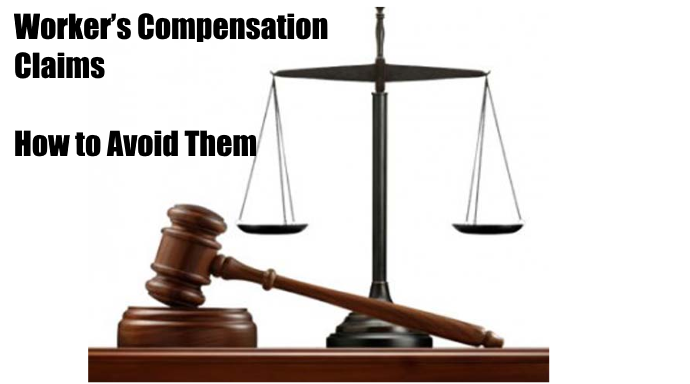
By law, every worker has the right to come home safely and every employer has a responsibility to ensure they do. However, each year, around 100,000 people are injured on the job in Australia. Here are the three most common worker’s compensation claims and how to avoid them.
1. Body stressing
According to Safe Work Australia, over 40% of serious workplace claims relate to body stressing, whether that's muscle strain, back ache, or tendonitis. Attributed to everyday tasks in the workplace, these are caused by repetitive movements, sustained posture or lifting. Recent studies also show stress as a contributing factor.
Avoiding injury is about ensuring workers have the right equipment and procedures to do their daily job. That may include using ergonomic chairs, encouraging regular breaks from repetitive actions, and allowing workers adequate time to complete tasks. It may also involve educating staff about good work practices like posture, preventative exercise and correct lifting technique.
2. Trips, falls and slips
In 2012-13, trips, slips and falls accounted for over 26,000 workplace injury claims, 7,000 of which involved falls from a height. Over recent years, education has done a lot to reduce such claims, but preventing them involves best workplace health and safety education and practices.
Risk assessment is the first step, and employers should regularly audit their work environment for potential hazards and take measures to reduce them. When working at heights, staff should utilise safety equipment such as tethers or barricades.
General falls and slips can be reduced by identifying, marking and cleaning up spills, and remedying uneven or slippery flooring and surfaces. Better lighting can reduce potential risks, while work areas should be kept free of objects such as loose tools or equipment.
Workers should also be proactive in their own safety, and if injured know their rights. Further information about worker’s compensation claims can be obtained from firms such as The Personal Injury Lawyers.
3. Moving objects
Being hit by a moving object comes in third on the list of workplace claims, with almost 18,000 people injured in 2012-13.
Being hit by a moving object occurs for a number of reasons including cluttered workspaces, poor lighting, inadequate signage, machinery moving without noise or warning, and doors opening onto walkways. It also includes workers colliding with stationary objects like pallets or machinery.
Risks can be reduced by assessing the environment for potential hazards and keeping the workplace free from clutter. This is particularly important on job sites with moving machinery where workers may require an exit space.
Signage, lighting and education also play an important role. Staff should be reminded of the hazards of working with moving machinery, there should be designated space around equipment, and areas should be well lit enough to ensure workers do not inadvertently bump into an object.
Avoiding worker injury is about assessment and risk reduction. It's in the best interests of all involved to ensure hazards are identified, the threat reduced, and staff can get on with the job in safety.
| < Prev | Next > |
|---|




